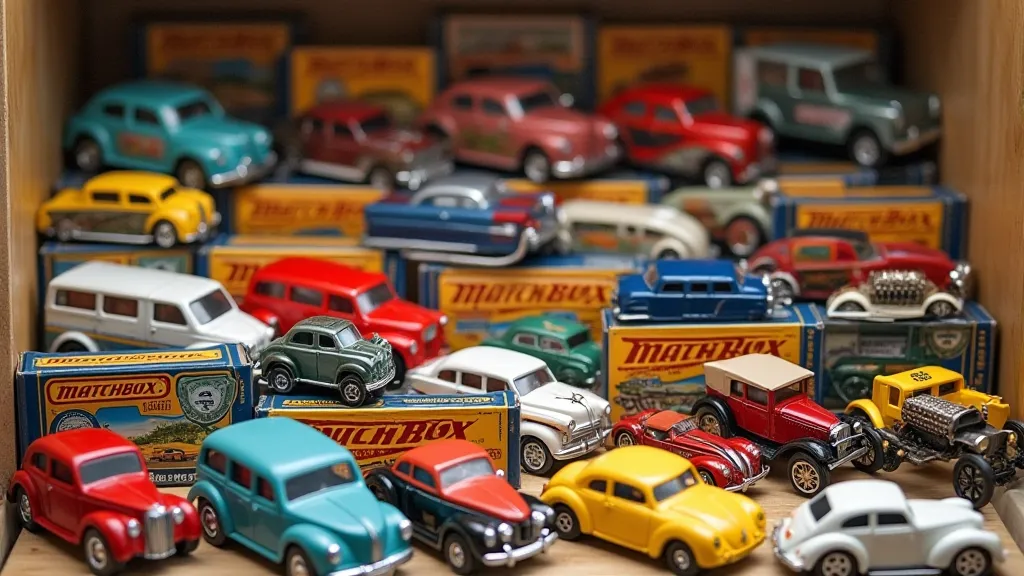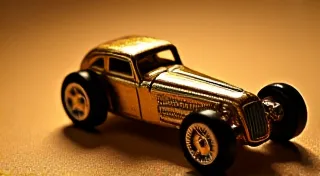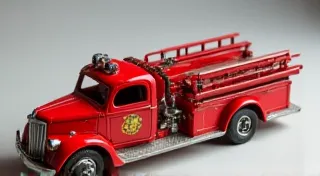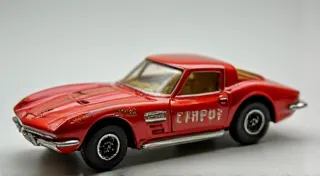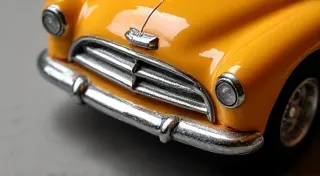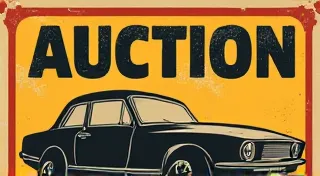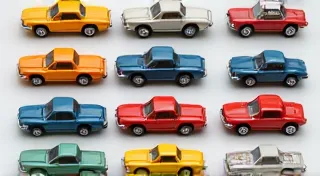Common Matchbox Car Series: A Collector's Overview
Welcome to the fascinating world of Matchbox cars! For collectors, understanding the different series is as important as knowing the specific models. These series not only tell a story about the evolution of Matchbox design and engineering but also significantly impact a car’s value and desirability. This article provides an overview of the major Matchbox car series, helping you navigate the collecting landscape.
The Pre-Superfast Era (1953 – 1967)
The very first Matchbox cars were simple, small, and primarily made of Dinky alloy. These early models, often referred to as the “Pre-Superfast” era, represent the genesis of the brand.
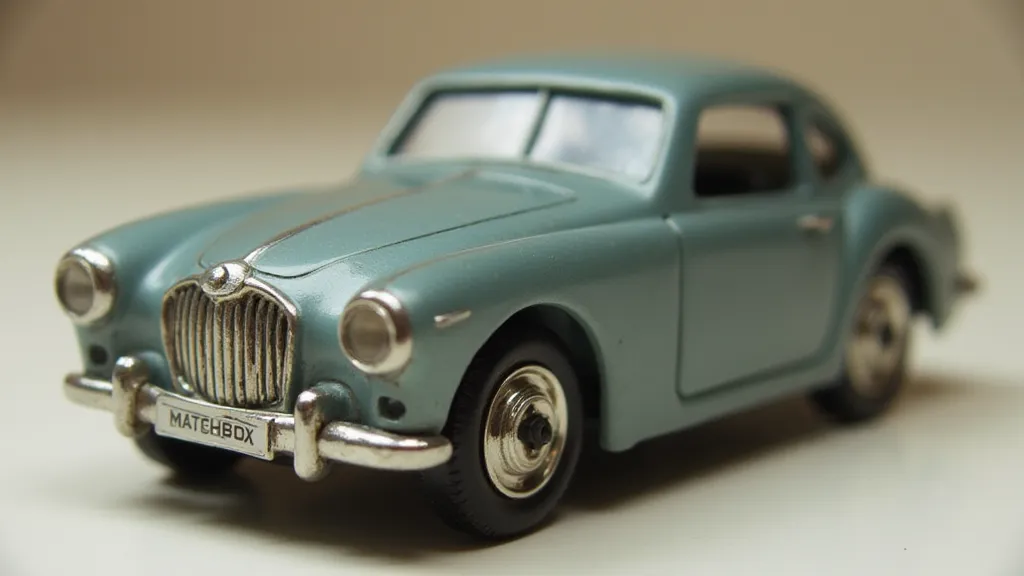
Key characteristics of this era include:
- Simple Designs: Cars were often based on popular vehicles of the time but were simplified for mass production.
- No Moving Parts: Initially, there were no rotating wheels or other moving parts.
- Limited Colors: Early colors were limited, often involving painted finishes.
The Superfast Era (1967 – 1986)
1967 marked a pivotal moment – the introduction of "Superfast" wheels. These rotating wheels dramatically increased playability and ushered in a new era of design innovation.
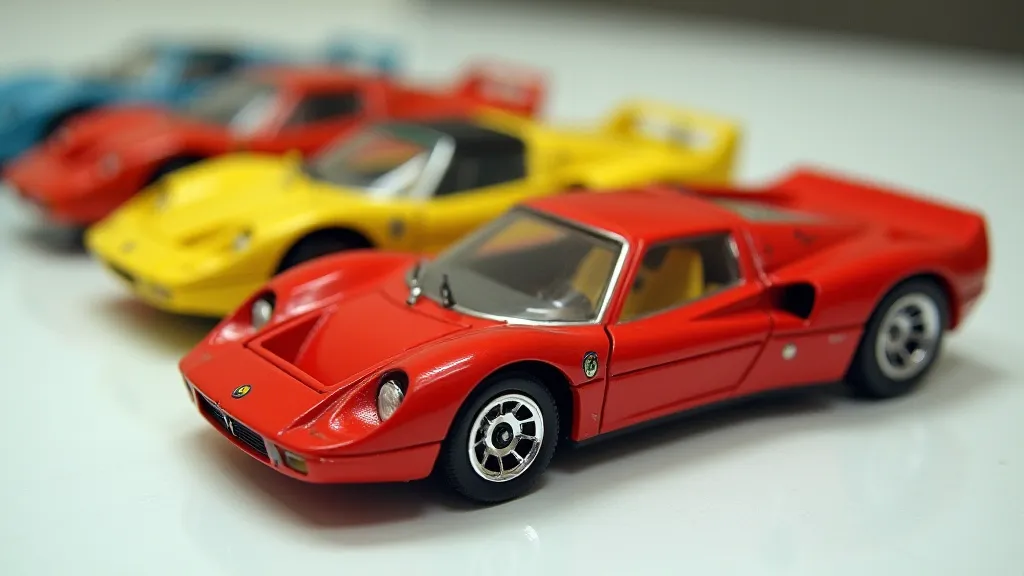
The Superfast era is further divided into sub-periods:
- Early Superfast (1967-1971): Characterized by a change in baseplate, bright colors, and the beginning of tampo printing.
- Mid-Superfast (1972-1977): A period of significant design variation, introducing more complex casting and finishes.
- Late Superfast (1978-1986): Introduced more detailed casting, "towlines" and continued design evolutions.
Kings of the Road (1973 – 1978)
The "Kings of the Road" series were larger, more detailed, and often featured spectacular paint schemes. They were positioned as premium offerings compared to the standard Superfast range. Their larger size and intricate detailing made them highly desirable.
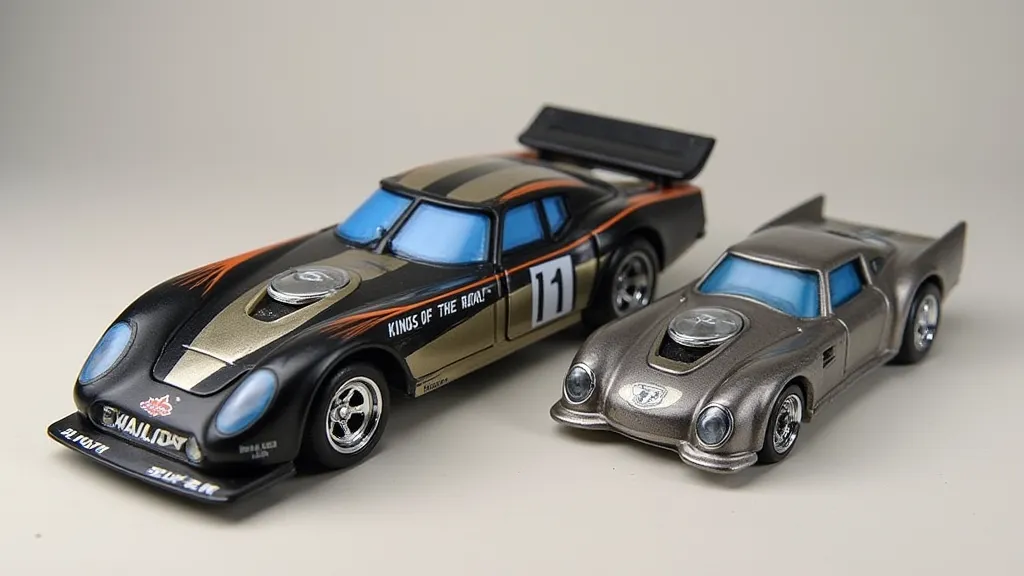
Collectors often seek out Kings of the Road models due to their rarity and distinctive appearance.
World Racing Series (1975 – 1979)
Inspired by Formula 1 racing, the World Racing Series cars were designed with aerodynamic features and racing-inspired graphics. These cars often had tampo-printed race numbers and sponsor logos. They are popular among collectors interested in motorsport memorabilia.
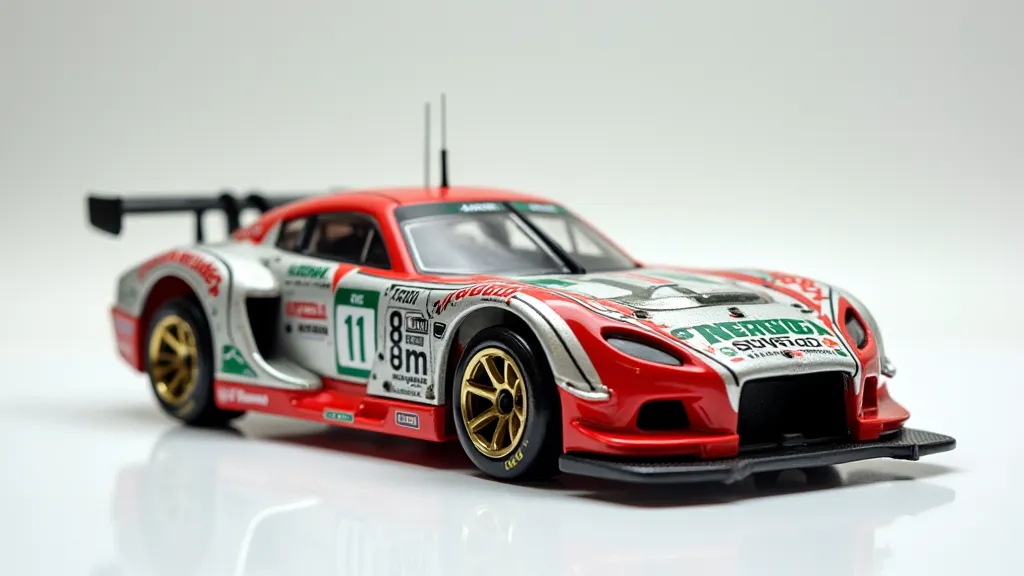
Overall Series Significance
Understanding these series is crucial for accurate identification and valuation of Matchbox cars. Each series offers unique collecting challenges and rewards. Whether you're a seasoned collector or just starting, delving into the history and characteristics of Matchbox car series will undoubtedly enrich your appreciation for these enduring toys.
